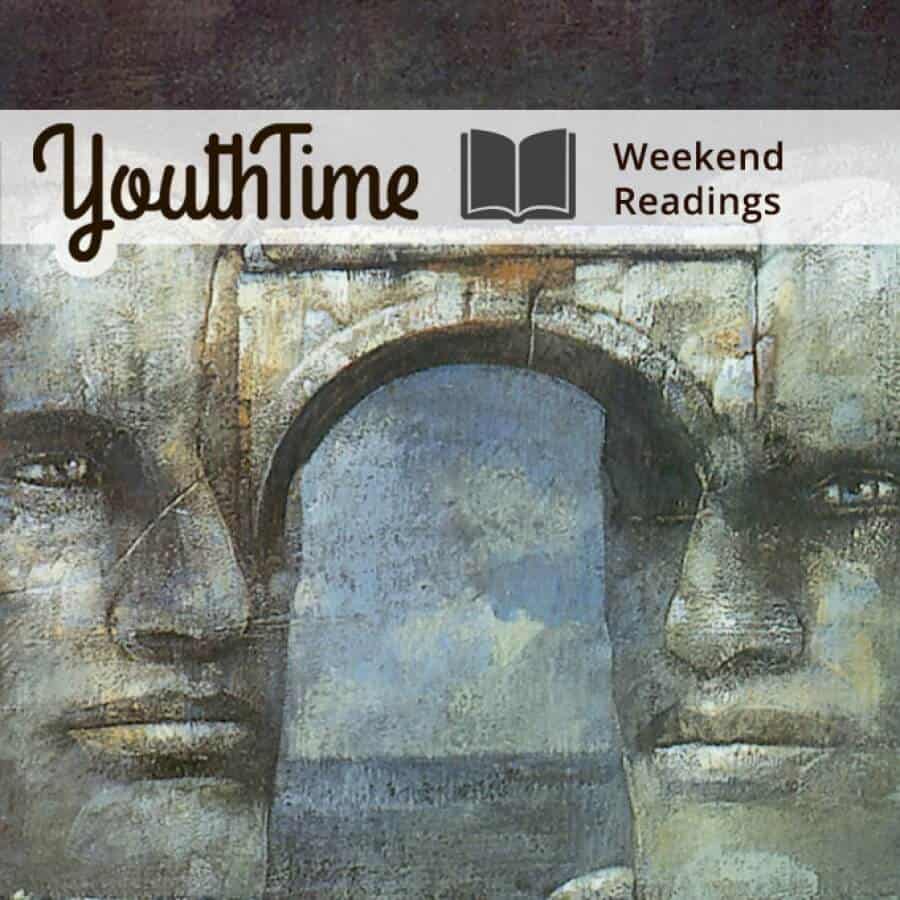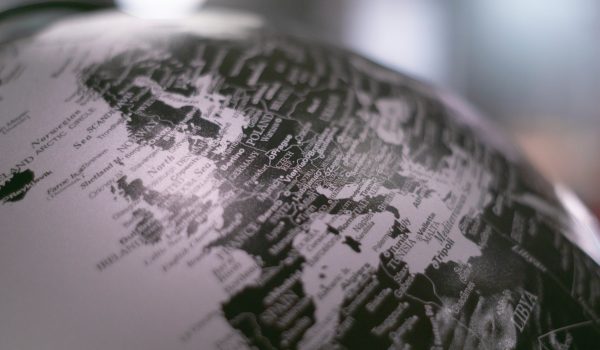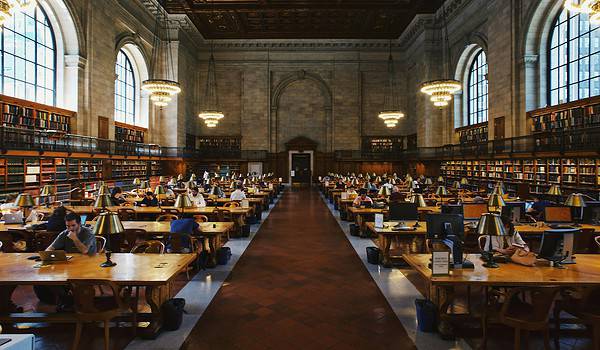After our two architecture-literature themed essays (the first about the French poet Lamartine and the Skull Tower in Niš, and the second about Victor Hugo and his impressions of the Notre Dame church), we have another interesting book to recommend for your weekend reading. It is a 20th century novel called The Bridge on the Drina, written by the Yugoslavian author and Nobel Prize winner, Ivo Andrić. Andrić created a great metaphor about the bridge and its significance, which he began to develop in his essay Bridges, published in 1933.
The novel chronicles a dramatic period in history, nearly four centuries, from 1516 to 1914. Two empires struggled for control of the Balkans during this time: the Ottoman Empire, based in Istanbul, and the Austro-Hungarian, with its capital in Vienna. The novel shares a story about Bosnia and its history, its colorful setting and vivid cultures, the clashes of different worlds that shared the same space, with the town of Višegrad at center stage. Andrić was a historian, so he relied on historical facts, but he created a uniquely artistic story, mixing history with the imagination. It is interesting to note that Andrić had written a PhD thesis titled The development of spiritual life in Bosnia under the influence of Turkish rule, and during that time he actually studied historical material. So, he began with a profound understanding of history, and that was a great starting point. He then added a lot of interesting legends in the narrative of the novel, legends that were passed down from one generation to the next and often altered in the process.
Andrić focused on three cultures: the Oriental-Turkish world, Orthodox Christians and Jewish culture. He created a great story about individual faiths from this diversiform collective, in order to show what they all had in comon, despite the differences that seemed to separate them. They all shared the feeling of fear: they were all frightened by the rule of the Ottomans, and later Austro-Hungarians. They were united in their troubles, so gradually they came to realize that it really didn’t matter who prayed in what way or to what God, it didn’t matter what food they ate or what type of marriage they had or whatever other religious or cultural differences existed among them. What mattered was the fact that we were all humans and we all had a natural instinct for survival and a wish to strive towards inner peace. This special spirit of the Višegrad collective was very inviting to strangers, and it didn’t take a long time before the strangers were turned into friends.
So, what is the role of the bridge here? According to Andrić, the destinies of the people were very much interlaced with the destiny of the bridge. It was much more than a stone construction. The story of this bridge was at the same time the story of a small Bosnian town. As Andrić said:
Bridges are an expression of the eternal human struggle to connect, join and make peace with something on the other side.
The bridge on the Drina has been a witness to many historical changes, as well as a place of important events. The bridge connected the center with the periphery, the East and the West, different spaces, time and people. It was a construction that radiated endurance and stability. As Andrić wrote:
This small town lived from the bridge, it has grown out of it, as if it bloomed from its root.
This bridge was a wonder made out of rock, and its gate was the most important part of it. The gate was a place where people used to relax, drink coffee, daydream, or contemplate; it was a place where first loves were born, where people used to gossip or have fun. The gate was something that everyone held in a special place in their hearts. Through every chapter of the novel, the bridge on the Drina appears, like a thread that connects them all into the whole story. The bridge was a work of art, and it gave a bigger meaning to life, people got attached to it:
It stood out with its whiteness, it seemed so light with its eleven arches of unequal size, and it rose as a strange arabesque above the green water, among the dark hills.
According to one Muslim legend, people learned how to build bridges thanks to God and his angels. Alihodža, a wiseman from the novel, shares this legend with us. When Allah created the world, the Earth was flat and smooth, like the most beautiful pan. Satan envied its beauty, so while the soil was still wet and soft, he used his nails to scrape the surface. This created rivers and abysses, which divided people and prevented them from travelling. Allah then sent his angels to help people: they spread their huge wings and people started crossing over to other sides. And this is how people learned to build bridges.
Andrić was always interested in the motif of bridges. In the novella Bridge on the river Žepa, he showed that the importance of bridges isn’t unambiguous, but instead it is complex: bridges reimagine life, they organize life in a new way, they bring peace to people, they connect and create a special link between past and future. Bridges are the most important structures made by human hands. They are even more important than houses, because they are more general and belong to everyone; they don’t serve anything that is evil, they can help us to go to the other side, and they support us in prosperity.
According to Andrić, the specific beauty of bridges comes from their power to remind people of what really matters. They bring us together and make us focus on what we have in common. The idea of a global community is strongly present, and bridges have an important part in it.
You can read The bridge on the Drina online here.
Support us!
All your donations will be used to pay the magazine’s journalists and to support the ongoing costs of maintaining the site.
Share this post
Interested in co-operating with us?
We are open to co-operation from writers and businesses alike. You can reach us on our email at cooperations@youthtimemag.com/magazine@youthtimemag.com and we will get back to you as quick as we can.









